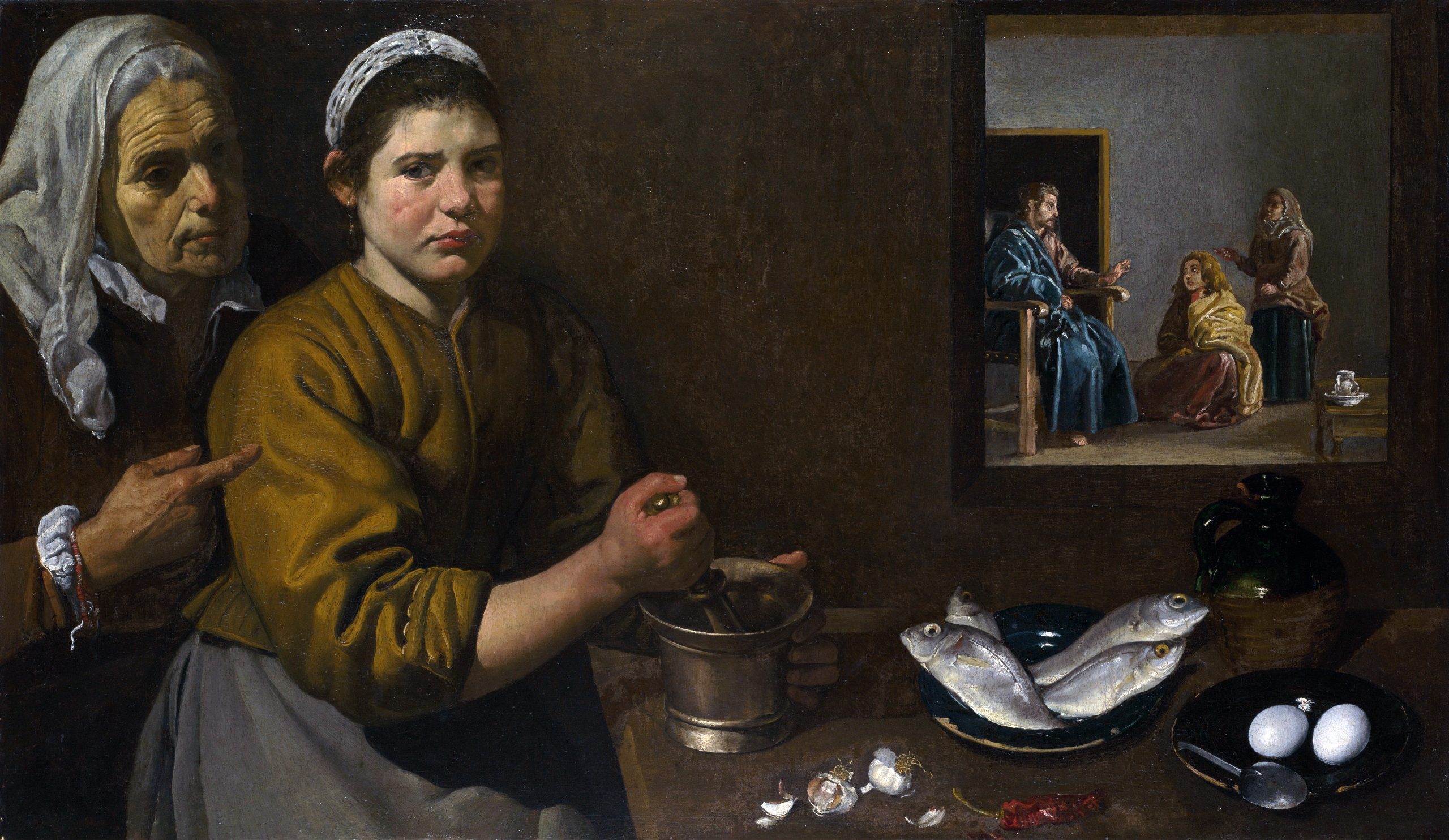
Daily PRAYER | BIBLE VERSE | QUOTE
I love you, Lord, my strength. Psalm 18:1
Thank you!
You have successfully joined our subscriber list.
Enter your account data and we will send you a link to reset your password.
To use social login you have to agree with the storage and handling of your data by this website.
AcceptHere you'll find all collections you've created before.